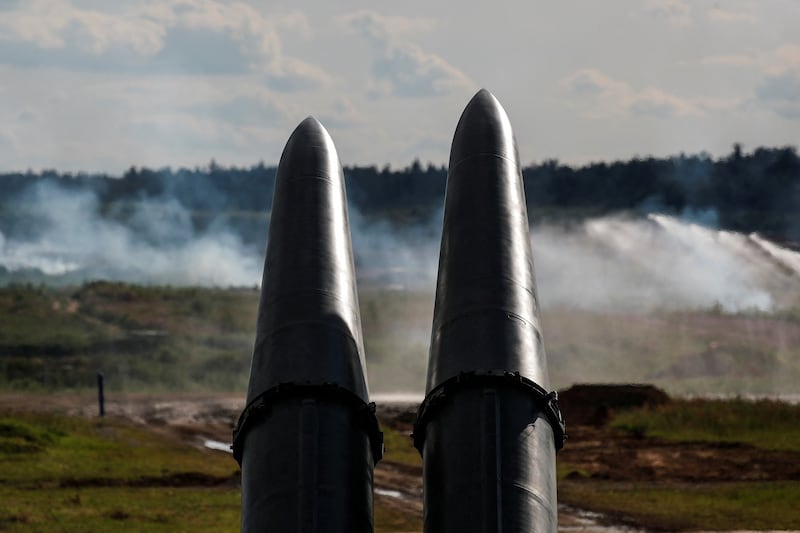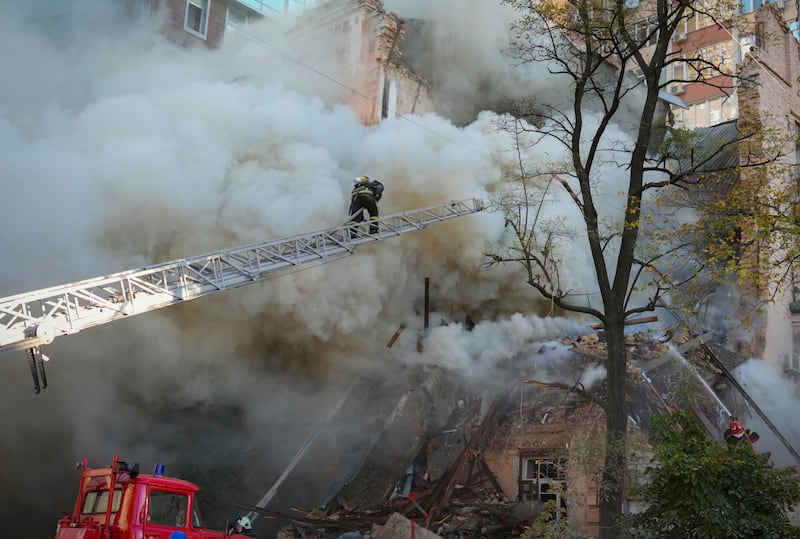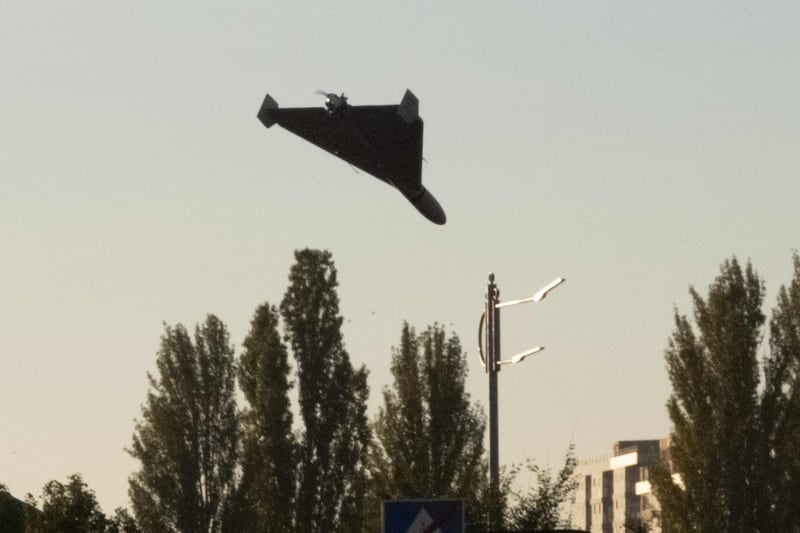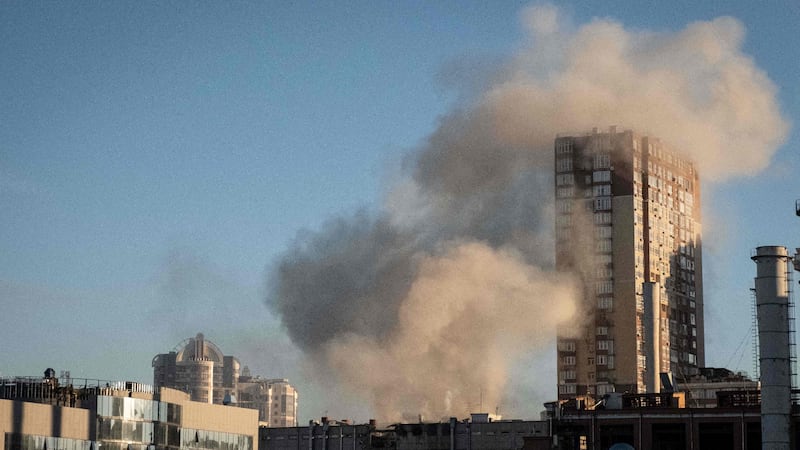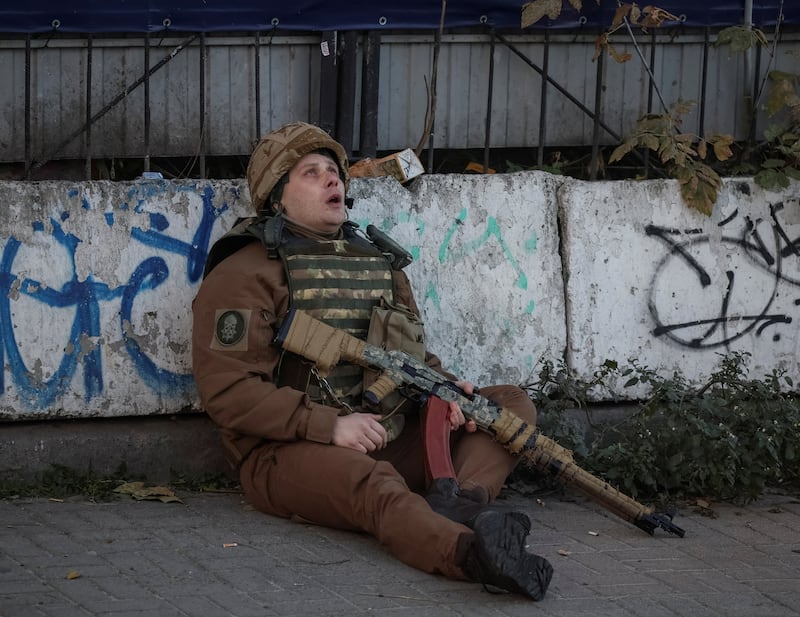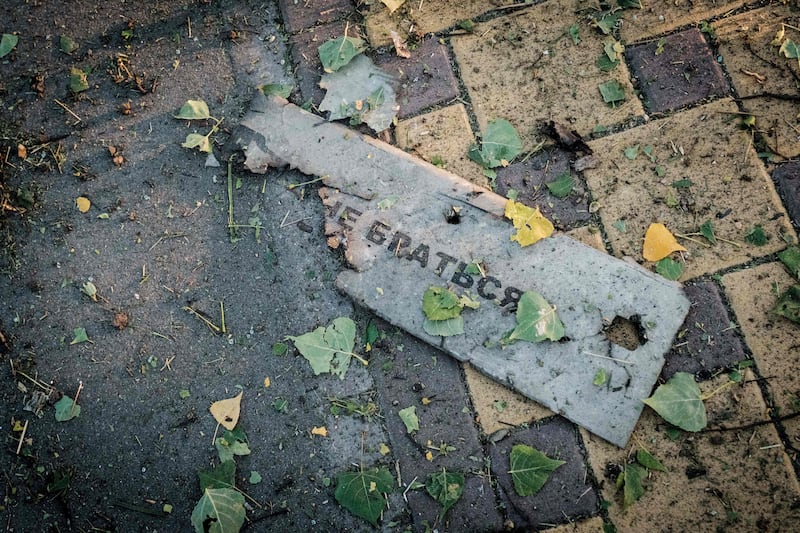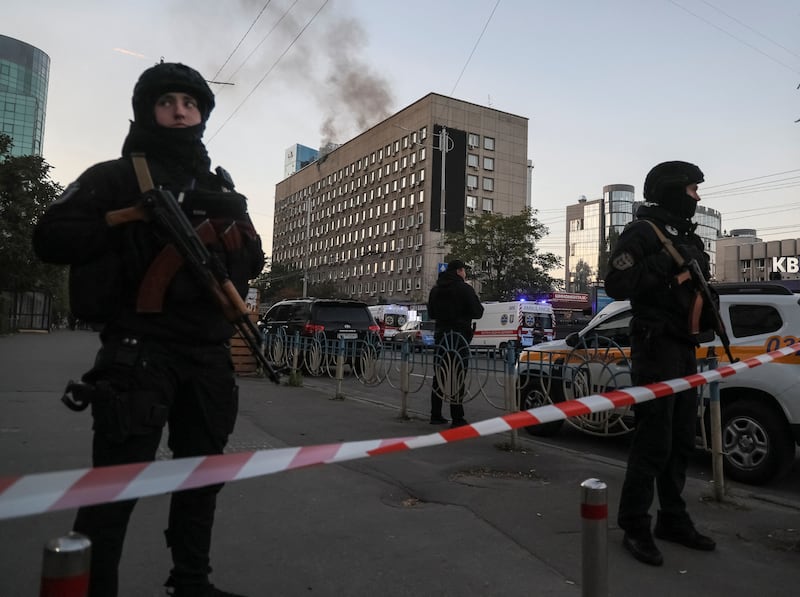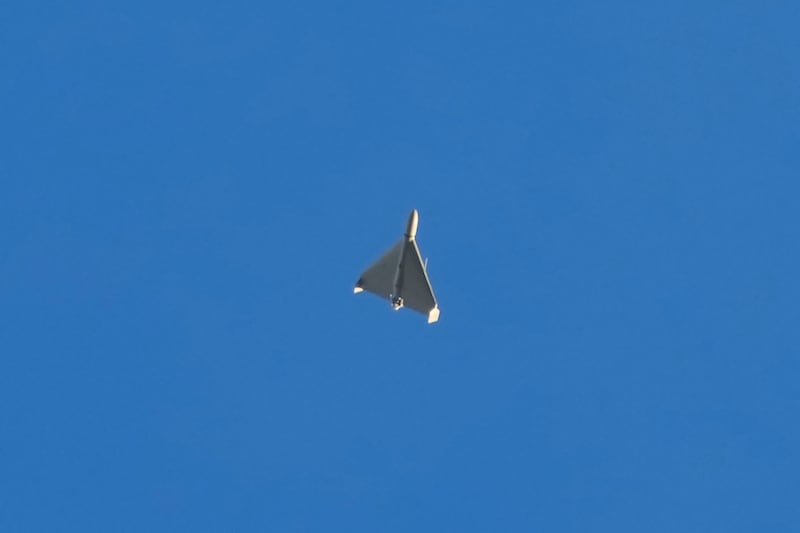Russia’s military has just a month’s supply of artillery ammunition left after exhausting its stocks in Ukraine, western officials say.
The drastic depletion of Moscow's key offensive stockpile has ruled out future offensives and it is “clear for now that the Russian occupation of Ukraine is a defensive operation”, an official said.
It also appears that the Russians have nearly exhausted their supply of Iskander surface-to-surface missiles, after it was confirmed in a media briefing that just 120 remained.
The official agreed that a Ukraine intelligence assessment on the Iskanders and the month’s supply of artillery were “in the right ballpark”, adding that munitions supply was “a big limiting factor for both sides”.
“That's why we've seen the Russians going to great lengths to to replenish rare resources, including through working with international partners, and the Ukrainians are doing exactly the same thing,” he said. “So this is a critical factor.”
Despite the shrinking supplies, two residential buildings were hit during a Russian missile strike on Kyiv on Tuesday, the mayor of the Ukrainian capital said.
Mayor Vitali Klitschko, citing preliminary information, wrote on the Telegram messaging app that medics were on the scene in central Kyiv and that several missiles had also been shot down.
The coming winter period is crucial in relation to which side can resupply themselves quickest, “in terms of personnel, munitions and equipment ready for the next offensive,” the western official said.
But the intelligence assessment of Russia’s withdrawal from the city of Kherson was that it had been orderly, with the invaders abandoning just a handful of vehicles and getting an estimated 20,000 troops back across the Dnipro river.
They have now set up strong defensive positions on the east bank, including crocodile teeth tank-traps, that make it very unlikely that Ukrainian forces will attempt a crossing.
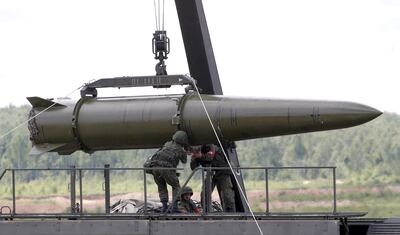
“Despite the considerable political and reputational cost to the Kremlin, there was a clear military rationale for the withdrawal,” the official said. “Ukrainian long-range fires had critically undermined Russian supply lines and command and control.”
However, Ukrainian special forces strikes are expected to covertly cross the 1km-wide river and get behind enemy lines to find targets for missile strikes and conduct sabotage.
It was also disclosed that about a 10th of the 100,000 Russian forces in occupied Ukraine are recently mobilised reservists who are poorly trained and equipped.
“This contrasts to increasing evidence of the quality of Ukrainian small unit leadership, officers and NCOs which now have a wealth of combat experience from the last nine months and they've all benefited as well from international training.”
At least half of the experienced Russian troops from Kherson are likely to redeploy to the Donbas area where Moscow could order a new offensive after replenishing stocks.
The entire Ukraine campaign is now under the sole command of Moscow’s ruthless but competent Gen Sergei Surovikin, who is making sensible military decisions, officials said, and Russia still poses a considerable threat.
“If people are expecting the collapse of forces on either side, we can't see anything which would indicate that from now through to the end of the year,” the official concluded. “Neither side is in such a condition that its forces will collapse.”
